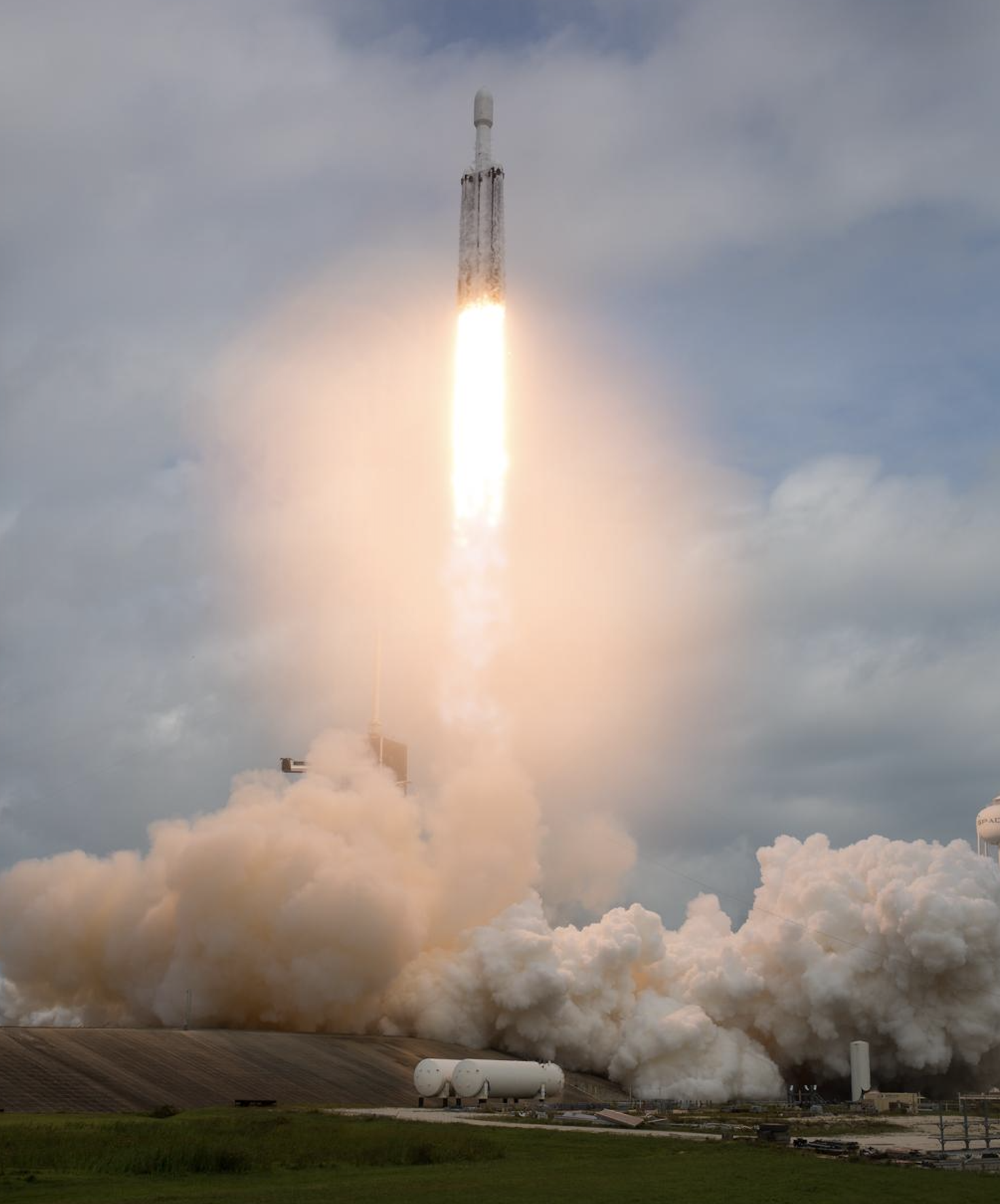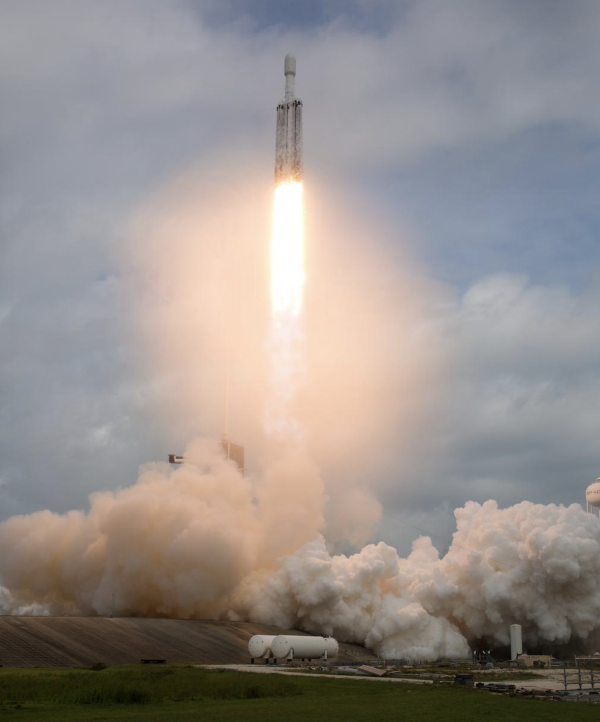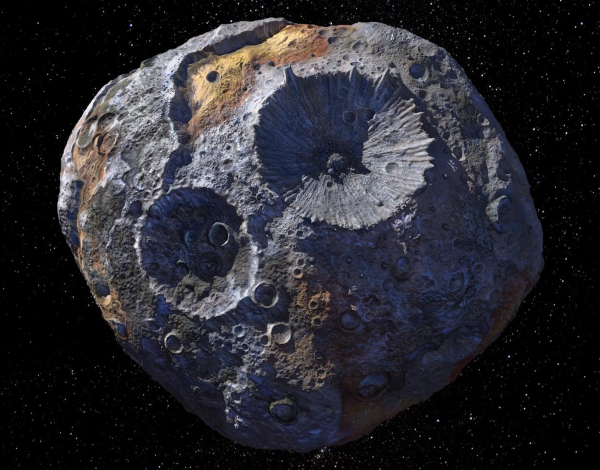KID REPORTERS’ NOTEBOOK
NASA Launches Psyche Spacecraft


The Psyche mission will travel 2.2 billion miles to a distant asteroid.
On October 13, 2023, people around the world watched an unmanned spacecraft take off from the John F. Kennedy Space Center in Florida. The spacecraft soared into the air, leaving behind plumes of smoke. Where was it heading, and why is the mission so critical to our understanding of the universe?
NASA (National Aeronautics and Space Administration) launched the Psyche spacecraft to 16 Psyche. The distant asteroid is known as a planetesimal, or minute planet. The spacecraft will have to travel 2.2 billion miles to reach Psyche, which is located between Jupiter and Mars.
I learned more about the mission from Dr. Sarah Noble. She is a program scientist for the planetary science division at NASA headquarters in Washington, D.C.
Noble and her team are eager to study 16 Psyche. It’s a metal-rich asteroid, possibly the core of an ancient planetesimal. If so, it would be the only known core of a planetary body accessible for research.
“We hypothesize that 16 Psyche is [the remaining core] of a little planet,” Noble told me via video. “It’s the only core we can currently reach. We can’t get to Earth’s core because drilling down to it [would be too challenging]. 16 Psyche is the only opportunity we have.”
Many people wonder if there’s a celestial body that humans could inhabit. What about 16 Psyche, which is 140 miles wide? “I don’t think it’s a place where we could live,” Noble said. “The gravity would be so low that you would float off if you jumped.”
But there are other reasons to study 16 Psyche. “There has been speculation about 16 Psyche because it likely contains metal and trace minerals that we mine on Earth and use in electronics,” Noble explained. “Although NASA has no plans for this, it might be a good place to [mine] and help build a civilization elsewhere.”
Dr. Sarah Noble stands in front of a model of 16 Psyche.
EXPLORING A CAREER IN SCIENCE
Noble’s enthusiasm for space exploration began in childhood. She wanted to be an astronaut. In college, she became fascinated with geology, the study of Earth. As a NASA scientist, she combines these two passions.
“NASA’s a big place, and it’s not just for astronauts and engineers,” Noble said. “We have people in accounting and communications. [We have] our own artists and graphic designers. If you’re excited about space, there’s a place for you here.”

What scientists learn about 16 Psyche will enhance our understanding of planet Earth.
